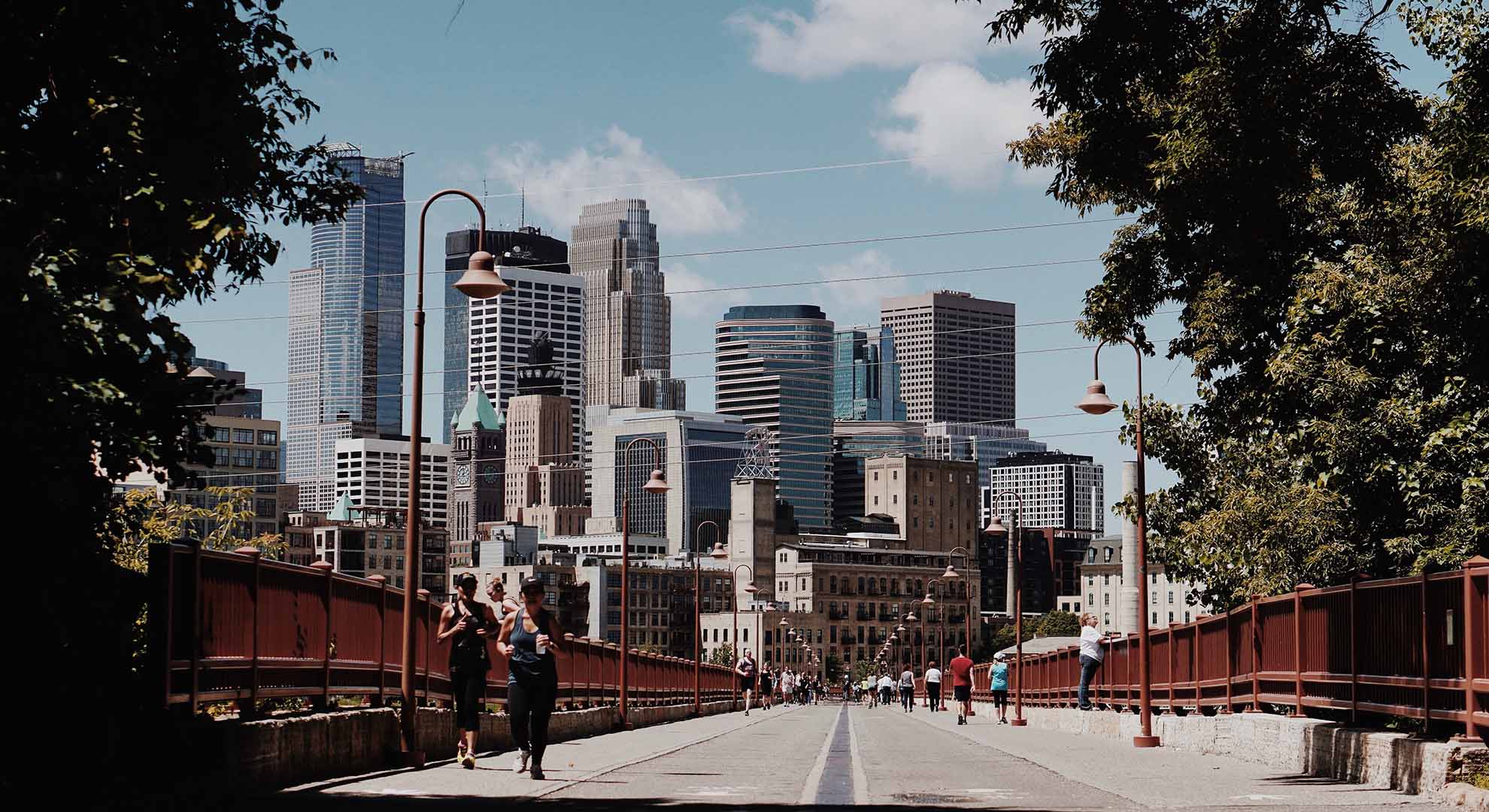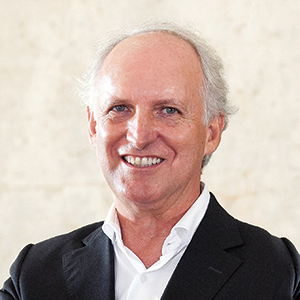Placemaking through Sports and Wellness
How cities could use sport to accelerate sustainable development
The world is constantly changing, with clear growing concern for global warming, the need to recycle, and to be increasingly responsible for the quality of the environment. This is an essential contribution towards reducing the negative impact of carbon on the planet and enjoying cities that are more in-line with development and sustainability trends.
There are three fundamental variables for human sustainability:
- the way you feel about yourself
- the way you feel with others
- the way you feel about your surroundings
There is an increasingly global awareness that human well-being stems from different variables, one of which is, naturally, physical exercise. Advances in medicine, social pressure and mass information create the conditions for and motivate people to live longer and better. With regard to exercise, cities should consider the appropriate conditions, such as sports equipment, green spaces, running paths, gyms and technological solutions, so that physical activity integrates, as naturally as possible, the lives of citizens who live there and who visit them.
This fact also motivates reflection on:
- How condominiums and dwellings include spaces and layouts aligned with these trends.
- How workplaces and time management can align with the fact that human beings want not only to take care of their bodies in a creative, motivating and mobilising way for themselves, but also for those who live and work with them.
Artificial Intelligence and the need for the human being to reconnect with nature and its essence offers countless possibilities, which include both exercise and active participation in social, cultural and sporting events.
There are many concrete examples of sustainable cities that promote exercise and well-being in an innovative way, thus contributing towards enhancing their sustainability (and competitiveness). There is a growing class of new “urban planners” looking to create, live and work in spaces that are appropriate to their lifestyles. Sport and well-being are clearly part of the aspirations of this exponential niche market.

Lucerne in Switzerland is a prime example. This city created the concept: “The City, The Lake, The Mountains.” Through it, it mobilised all of the city’s stakeholders, restructuring and positioning itself today as the city that, through sport and well-being, attracts new inhabitants, selective tourism and, above all, remains sustainable because it follows trends.
China is looking at sport and wellness as critical dimensions in attracting families and investors looking for alternatives to under-sustained massification. Chengdu is a clear example of such a Chinese city. Taking advantage of the fact that it is hosting the Universiade (student Olympics), in 2021, Chengdu reinvented itself. In this city, sport and well-being already serve as catalysts for all those who want to settle in a region inhabited by about 100 million people. Modern infrastructures, facilities and sports equipment abound throughout the city. Aiming to position themselves under the motto “Chendgu: Opportunities, Inspiration and Entertainment,” world-renowned architects have created wellness-friendly surrounding areas, cultural venues, cycle paths, cultural centres, art galleries, and many other attractions. The dominant concept for everything that is happening in the city says much about its purpose: “Work-life balance city-unique lifestyle.”
Bangkok, a city traditionally dense with pollution and anarchic growth, is now reinventing itself by creating new urban areas, building several parks and sports venues.
But sustainability and trend-tracking are also made through simple decisions and ideas. Like many other cities around the world, Bogota, in Colombia, has decided to provide its inhabitants every Sunday with 125 kilometres of roads intended exclusively for two-wheeled vehicles, thus seeking to stimulate the practice of sport and well-being.
A fact: cities that offer proximity to sports facilities and social and cultural venues, set in an ecosystem where sustainability is evident, will not only follow trends by becoming attractive and competitive, but also facilitate collective participation, foster relationships and inclusion, and thus embody the coveted concept of liveability.
MAIN IMAGE: Practicing Yoga in the city. Photo Unsplash
